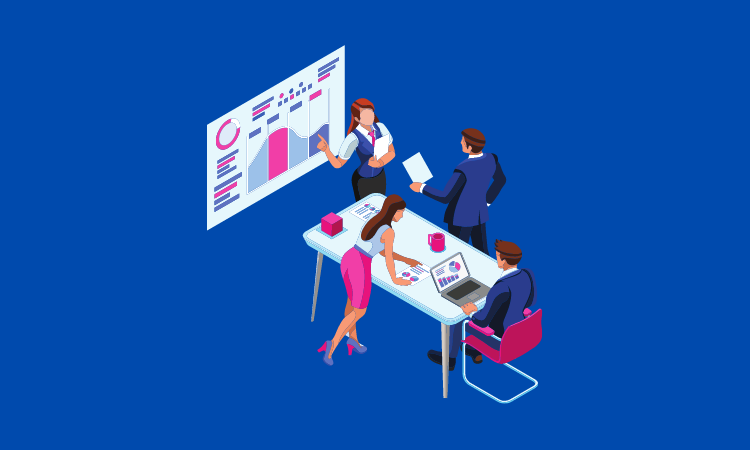Finance Everywhere
Cheat Sheet: Apple’s interest in the buy now, pay later space takes shape with Apple Pay Later
- Bloomberg reported that Apple is building a native BNPL solution for Apple Pay.
- Goldman Sachs will power the loans for Apple’s point-of-sale financing solution.








